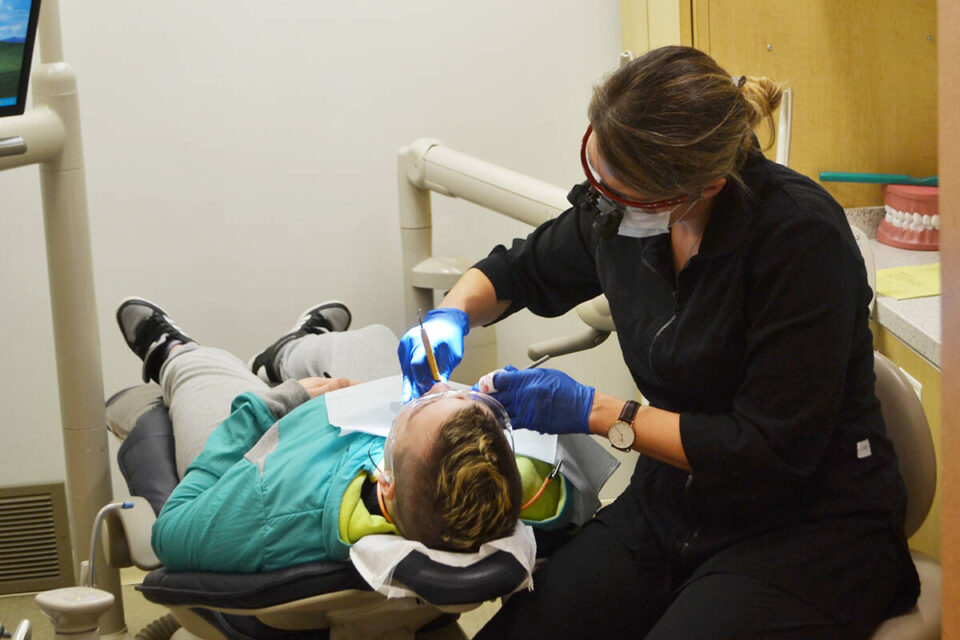Introduction
According to Iqaluit Dental Clinic, X-Rays were one of the greatest advancements in medical history. Mere weeks after their discovery, the technology was implemented in medical settings and saw widespread adoption very quickly. However, X-rays also come with their own risks. Let’s check out the invisible risks of X-rays.
The Risks
- Risks of Cancer – X-rays can cause molecular damage and mutations in your DNA and that may lead to cancer later in your life. That’s why X-rays are classified as a carcinogen by most governments around the world and the World Health Organization. It’s estimated that around 1 in every 250 cancer cases in the United States are caused by CT scans. That’s just one form of X-ray scan. The ratio is going to increase as CT scans increase in medical procedures.
However, it’s also important to acknowledge that the risks of cancer due to X-rays can’t outweigh the benefits in the medical field. X-rays provide a non-invasive way of imaging and examining a patient and are also used for removing blood clots, and tumours and for guiding medical professionals during surgeries.
- Not all X-rays are the same – The risks of cancer from X-rays depend on the radiation your body is exposed to during the procedure. Most people think that the human body absorbs the same amount of radiation in most X-ray scans. However, it’s simply not true. For instance, dental X-rays expose you to a tiny amount of radiation compared to X-rays used in other medical fields. Here’s a list that may help you out:
Dental X-rays:
- Bitewing – Equivalent to less than 1 day of background radiation.
- Panoramic – Equivalent to around 3 days of background radiation.
- Low-dose CBCT (Small FOV (3 teeth)) – Equivalent to around 4 – 5 days of background radiation.
- Large FOV (both jaws) – Equivalent to just over a month of background radiation.
Medical X-rays:
- Chest X-ray (2 views) – Equivalent to 10 days of background radiation.
- Head CT – Equivalent to 8 months of background radiation.
- Chest CT – Equivalent to a year of background radiation.
- Abdomen CT – Equivalent to 2.7 years of background radiation.
By now it should be clear that while X-rays come with risks, dental X-rays are almost harmless.
- Protecting your body from X-rays – X-rays are almost unavoidable due to their benefits. So, the best you can do is protect against it. If your treatment plan includes high levels of X-ray exposure, talk to your doctor about the potential risks and alternatives.
When you’re at a radiologist or a dentist, make sure that they equip you with a thyroid collar and a lead apron to protect your sensitive organs from radiation exposure. You may also reduce the use of cell phones and be far away from electronics on a regular basis to reduce radiation exposure.
Conclusion
Iqaluit Dental Clinic suggests that you make yourself aware of the risks of X-rays before opting for skeletal or dental imaging. Most of the risks combined can’t outweigh the benefits of X-rays in the medical field. However, being aware of such risks keeps you prepared and helps you make better decisions.

